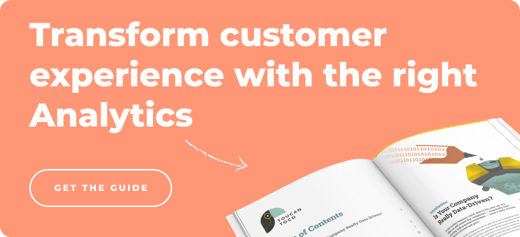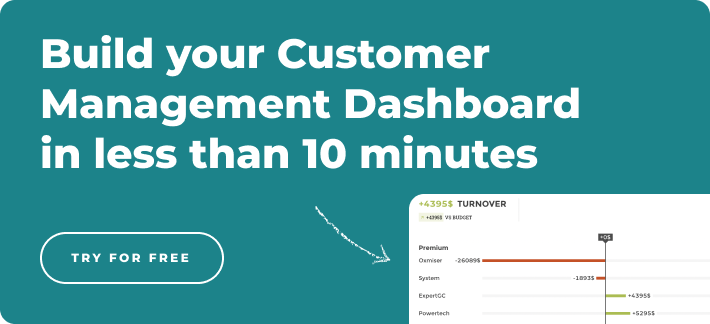Customer value is the perception of what a product or service is worth to a customer versus the possible alternatives. Worth means whether the customer feels they got benefits and services over what they paid.
Customer value can be viewed as an indicator of buyer's remorse. The customer will regret their purchase if the total cost of the item outweighs its benefits. Especially if there's a competitor with a better offer than yours for a similar product or service.
Your business can price products fairly and reduce friction within the customer experience by understanding and calculating customer value.
Measuring Customer Value
A business' customer value is often determined by dollars and cents. Customers, however, are more than just the price tag on an item; they give you more than that. Time, energy, and emotional costs are also factors customers consider when making a purchase decision. In the same way, there are different types of benefits that influence customer decisions.
How to Measure Customer Value
To calculate customer value, we can use the equation below.
The formula for customer value can be written as:
(Total Customer Benefits - Total Customer Costs) = Customer Value
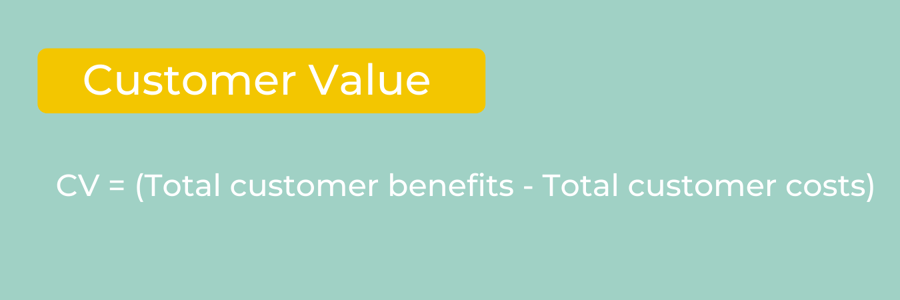
So what would each term in the equation entail? Here is a non exhaustive list of teams you would take into account to calculate total customer benefits and total customer costs:
1. Customer benefits
These include but are not limited to:
- Your product or service's quality
- Ability to provide a better solution
- Reputation of your brand
- An experience that is uniquely yours
- Customer service quality
- Partnerships with your business have social benefits
When measuring customer costs, it is helpful to differentiate between tangible and intangible elements. Using this method, you can figure out the total monetary cost and compare it with your other costs.
Tangible Costs:
- Your product or service's price
- Costs associated with onboarding or installation
- Costs associated with your product or service
- Costs of maintenance
- Renewal costs
Intangible Costs:
- Time spent buying your product or service
- Customer service that doesn't meet expectations
- Stress caused by purchasing or installing your product
- Poor reputation of a brand
- Understanding how your product or service works
It's important to note that this formula won't appear like a standard math equation, since you're working with tangibles and intangibles. Consider how much benefits such as brand reputation, social status, and service convenience are worth against costs such as time investment, emotional stress, and physical commitment.
Furthermore, the value of your customers will vary depending on the segment you are analyzing. You might find that the definition of "good value" varies from person to person since we all have different needs, goals, and expectations. Consider segmenting your customer base into different buyer personas, then calculating customer value for each group.

Let's explore some ways you can generate customer value through customer service now that we're familiar with customer value and how to calculate it.
Tips for Increasing Customer Value
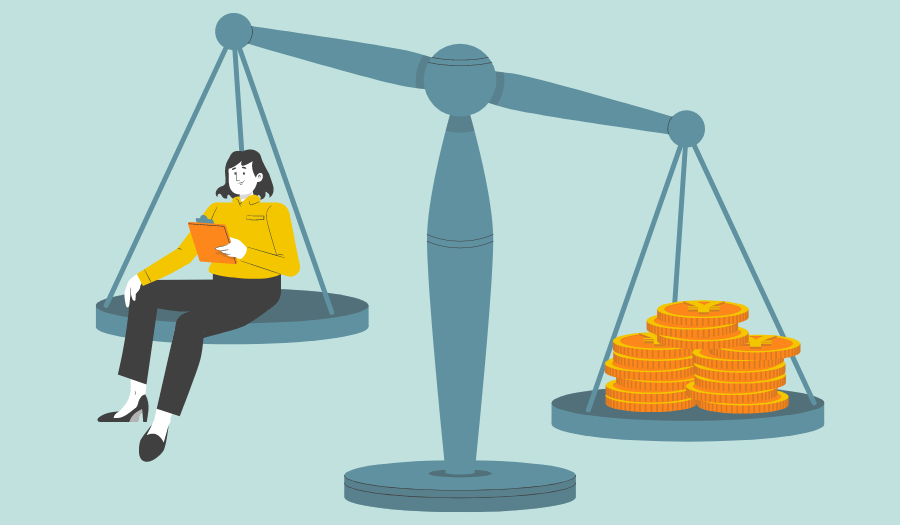
Let’s explore some ways you can generate customer value through customer service now that we’re familiar with customer value and how to calculate it.
- Customer experience
An analysis of your customer experience is the best way to increase customer value. Map out the steps your customers take when buying something from your business and look for interactions that could cause friction. By visualizing every action your customers take, it's easier to identify opportunities to add value.
- Price
Price alone isn't enough for some businesses to compete. When a business's costs to make a product are static, it doesn't have much room to lower its prices.
That doesn't mean you can't create a competitive offer in your industry.
In this case, you should look for alternative ways to enhance your customer experience. Customers have a wide range of demands, ranging from convenience to performance, and there are plenty of non-monetary benefits that can convince them to buy your product.
- Collect customer data
Your focus should be on the perceived value of your product or service to the customer.
For this, you'll need access to qualitative and quantitative customer data. This will provide management with facts and statistics that justify proposed changes. Leadership can make confident decisions knowing their perception of customer value aligns with that of your customers.
In addition, it is important to collect both quantitative and qualitative data, as this will give you insight into customer preferences and provide you with a diverse data set.
- Loyal customers
If a customer is loyal, you might assume they are receiving value from your business. And you would be right.
However, just because someone is loyal to your business doesn't mean that you can't, or shouldn't, try to outsize their value. By incorporating additional benefits into customer loyalty programs, you can increase the value of these customers.
As a result of this approach, you not only retain your most valuable audience but also acquire new ones. For instance, you can leverage benefits in exchange for customer advocacy. Customers can submit testimonials or feedback that share their positive experiences with potential leads. This will add another benefit to the equation of customer value since 93% of consumers use reviews when making buying decisions.
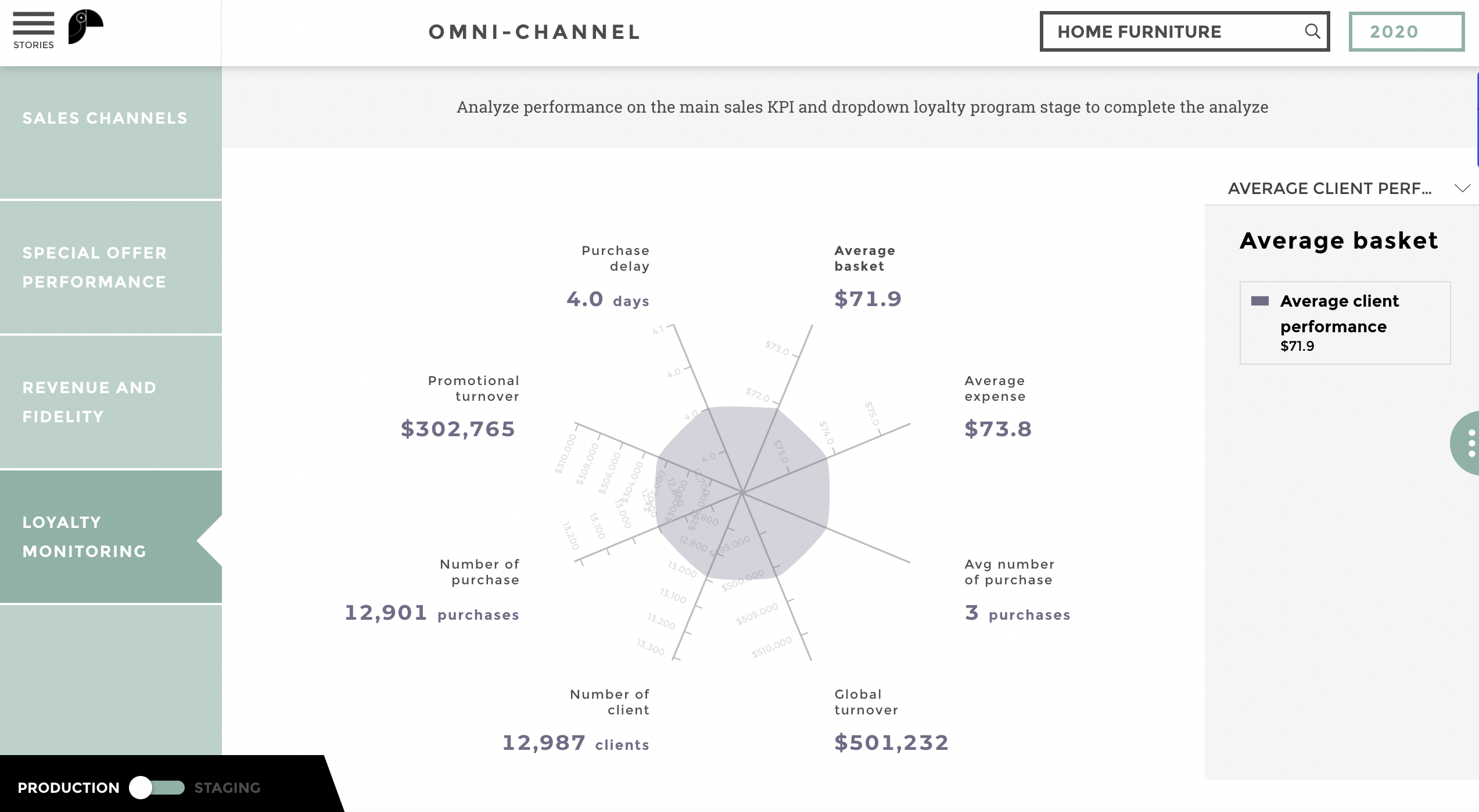
- Segment your customer base
According to our previous discussion, customer value can differ depending on who you are surveying, and a customer's needs and goals influence how they view value. Since not all customers are alike, this creates a discrepancy when evaluating the value of your business.
So segmenting your customer base into specific target audiences is crucial. Identify specific purchasing behaviors by using buyer personas and customer data. Once your groups are established, you can measure customer value for each.
Tracking customer value is important, but it doesn't come as easily as plugging numbers into a formula. The goal is to measure tangible benefits and perceptions of value in addition to the cost of the product. The best way to do this is when an analytics solution that can take customer data from various sources and give you actionable insights.


